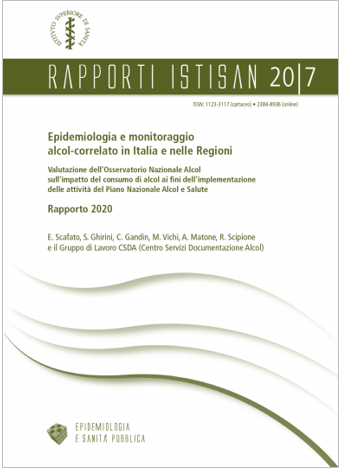Decreto Legislativo 19 ottobre 2011 n. 185
- 0
Attuazione della direttiva 2009/71/EURATOM che istituisce un quadro comunitario per la sicurezza degli impianti nucleari.
GU n. 266 del 15-11-2011
EU-OSHA, 27.04.2022
Automation in the workplace is rising. While advances in technologies are opening up new opportunities, they also offer new challenges for the future of occupational safety and health (OSH).
As part of its 4-year research programme on digitalisation, EU-OSHA has published an initial report to address types and definitions of artificial Intelligence (AI) and advanced robotics for the automation of tasks at work. The report also maps current and potential uses across sectors and tasks – from industrial and warehousing robots to AI software in the healthcare sector and gives an overview of policies and strategies at EU and national level.
...
Table of contents
1 Introduction and objectives
2 Methodology
3 Types and definitions of AI-based systems for the automation of tasks
3.1 The task approach
3.2 Definitions of AI-based systems
3.3 Major technologies for the automation of cognitive and physical tasks
3.4 Taxonomy for AI-based systems and the automation of tasks
4 Mapping of current and potential uses
4.1 Automation of cognitive tasks
4.1.1 Distribution of technologies and applications
4.1.2 Sectoral distribution
4.1.3 Impacted tasks (and jobs)
4.2 Automation of physical tasks
4.2.1 Distribution of technologies and applications
4.2.2 Sectoral distribution
4.2.3 Impacted tasks (and jobs)
4.3 Task impact – Evaluation and preliminary OSH implications
5 Overview of policies and strategies
5.1 European level
5.1.1 Regulation
5.1.2 Strategies, programmes, initiatives and campaigns
5.1.3 Gaps and needs
5.2 National level
5.2.1 Regulation
5.2.2 Strategies, programmes, initiatives and campaigns
5.2.3 Gaps and needs
6 Summary and Conclusion
7 References
8 ANNEX
8.1 Detailed methodology systematic literature reviews
8.2 Detailed review results
8.2.1 AI-based systems
8.2.2 Human-robot interaction
8.2.3 Automation of tasks (AOT)
8.3 Overview of analysed studies
List of figures and tables
Figure 1: Selection process for scientific literature
Figure 2: Task categorisation with example tasks
Figure 3: Evolution of EU policy on AI and advanced robotic systems
Figure 4: Taxonomy for AI-based systems and advanced robotics for the automation of tasks
Figure 5: Automation of cognitive tasks – NACE sector distribution according to scientific literature
Figure 6: Automation of physical tasks – NACE sector distribution according to scientific literature
Figure 7: NACE (v. 2) code of enterprises with HRI according to ESENER-3
Figure 8: Procedure for the systematic literature searches
Figure 9: Overview of selection process for systematic reviews on AI-based systems
Figure 10: Overview of selection process for meta-analyses on AI-based systems
Figure 11: Overview of selection process for systematic reviews on HRI
Figure 12: Overview of selection process for meta-analyses on HRI
Figure 13: Overview of selection process for systematic reviews on AOT
Figure 14: Overview of selection process for meta-analyses on AOT
...
Fonte: EU OSHA
Attuazione della direttiva 2009/71/EURATOM che istituisce un quadro comunitario per la sicurezza degli impianti nucleari.
GU n. 266 del 15-11-2011

Rapporto ISTISAN 20/7
Epidemiologia e monitoraggio alcol-correlato in Italia e nelle Regioni. Valutazione dell’Osservatorio Nazionale Alcol sull’impatt...

Guida non vincolante alla buona prassi nell’attuazione della direttiva 2006/25/CE
La maggior parte delle postazioni di lavoro possiede fonti di radiazioni ottiche a...
Testata editoriale iscritta al n. 22/2024 del registro periodici della cancelleria del Tribunale di Perugia in data 19.11.2024